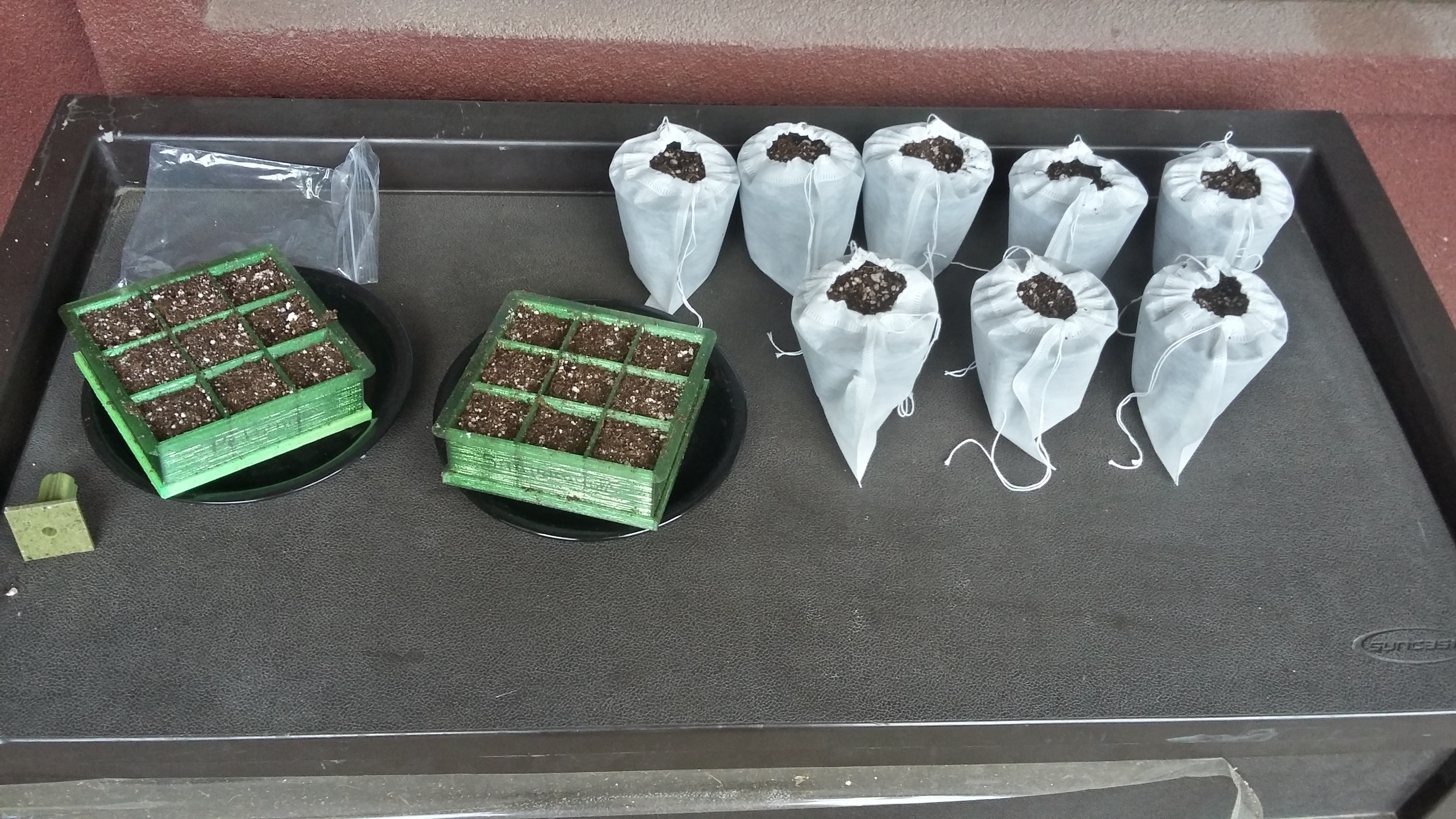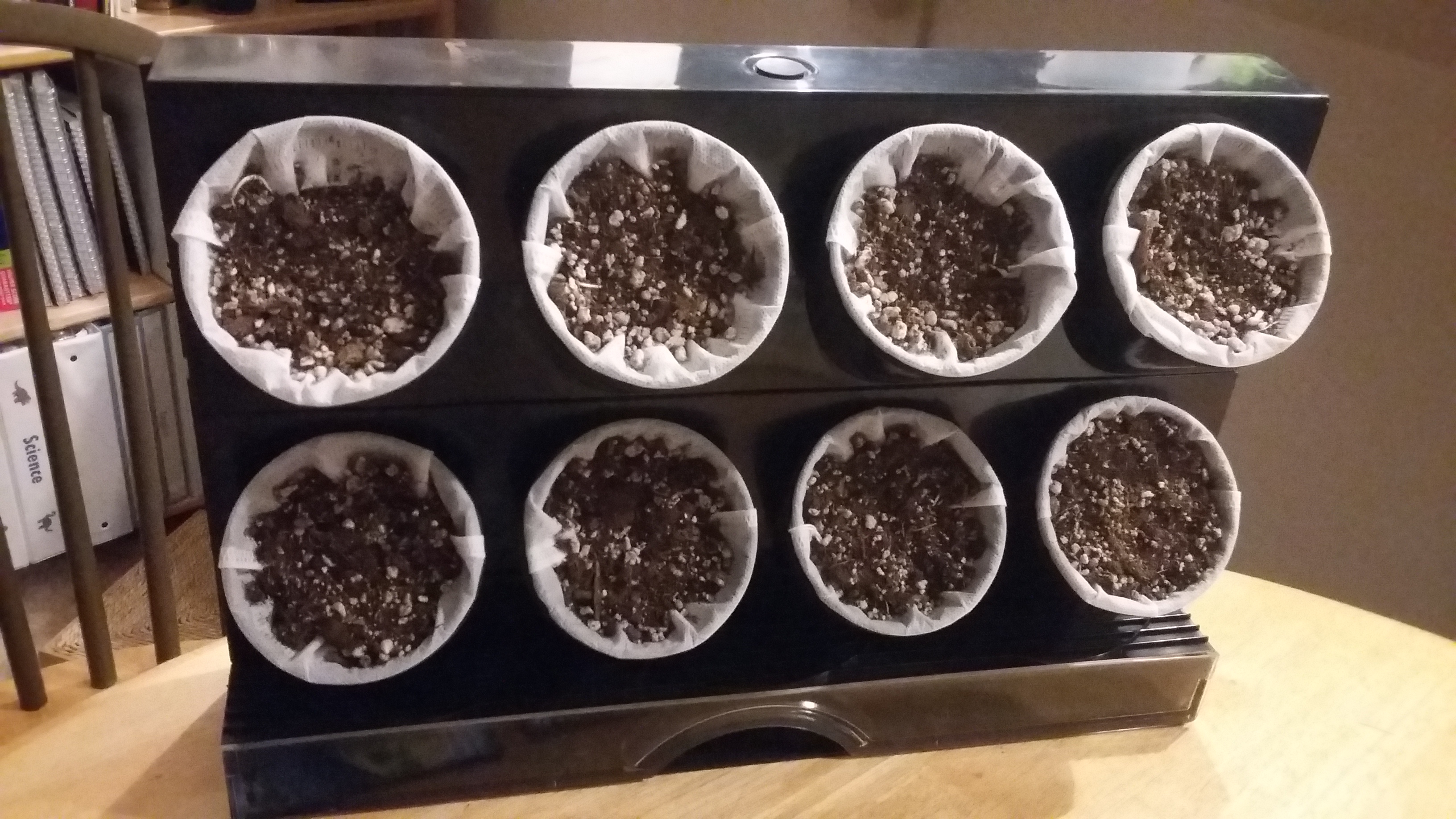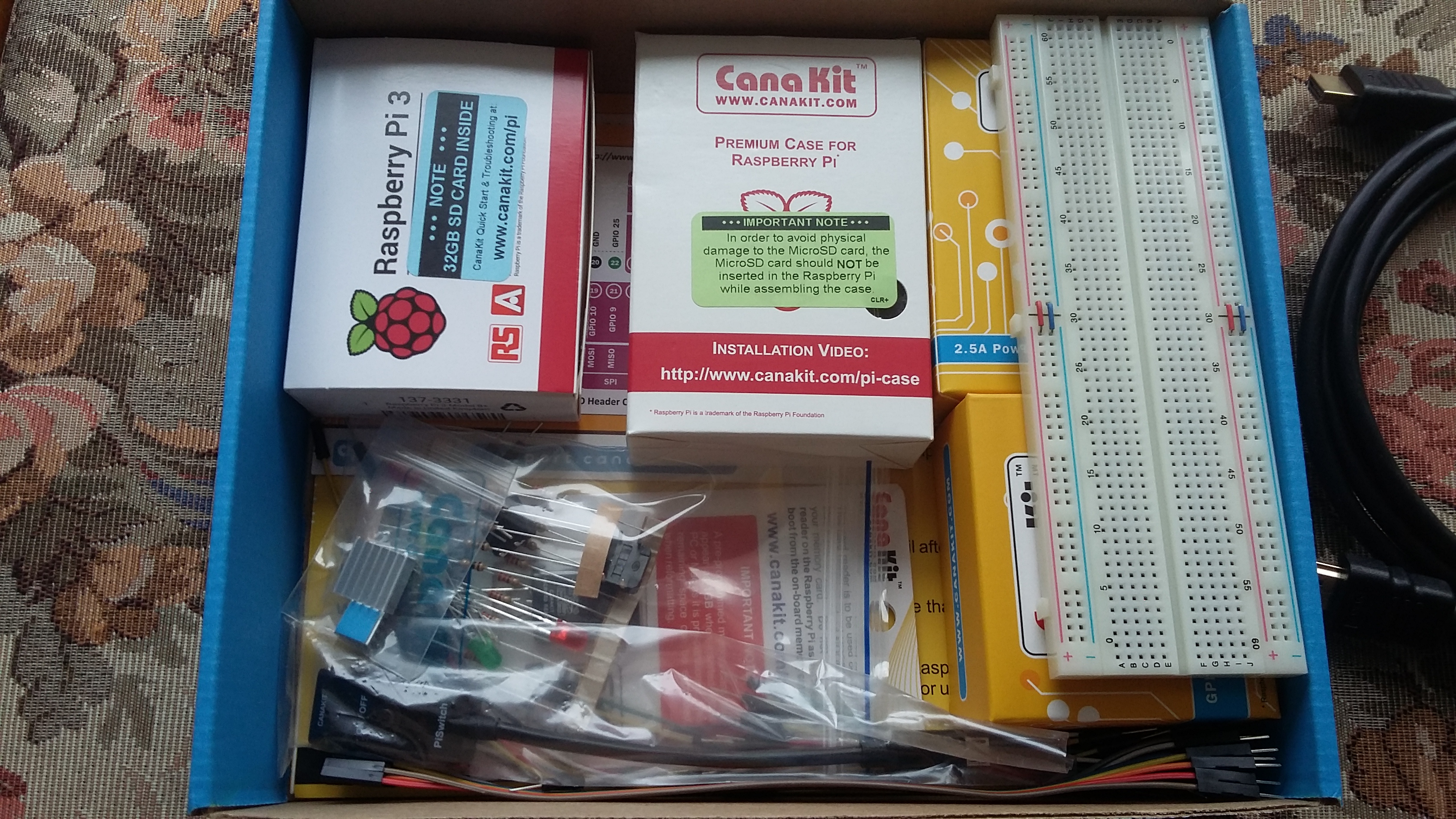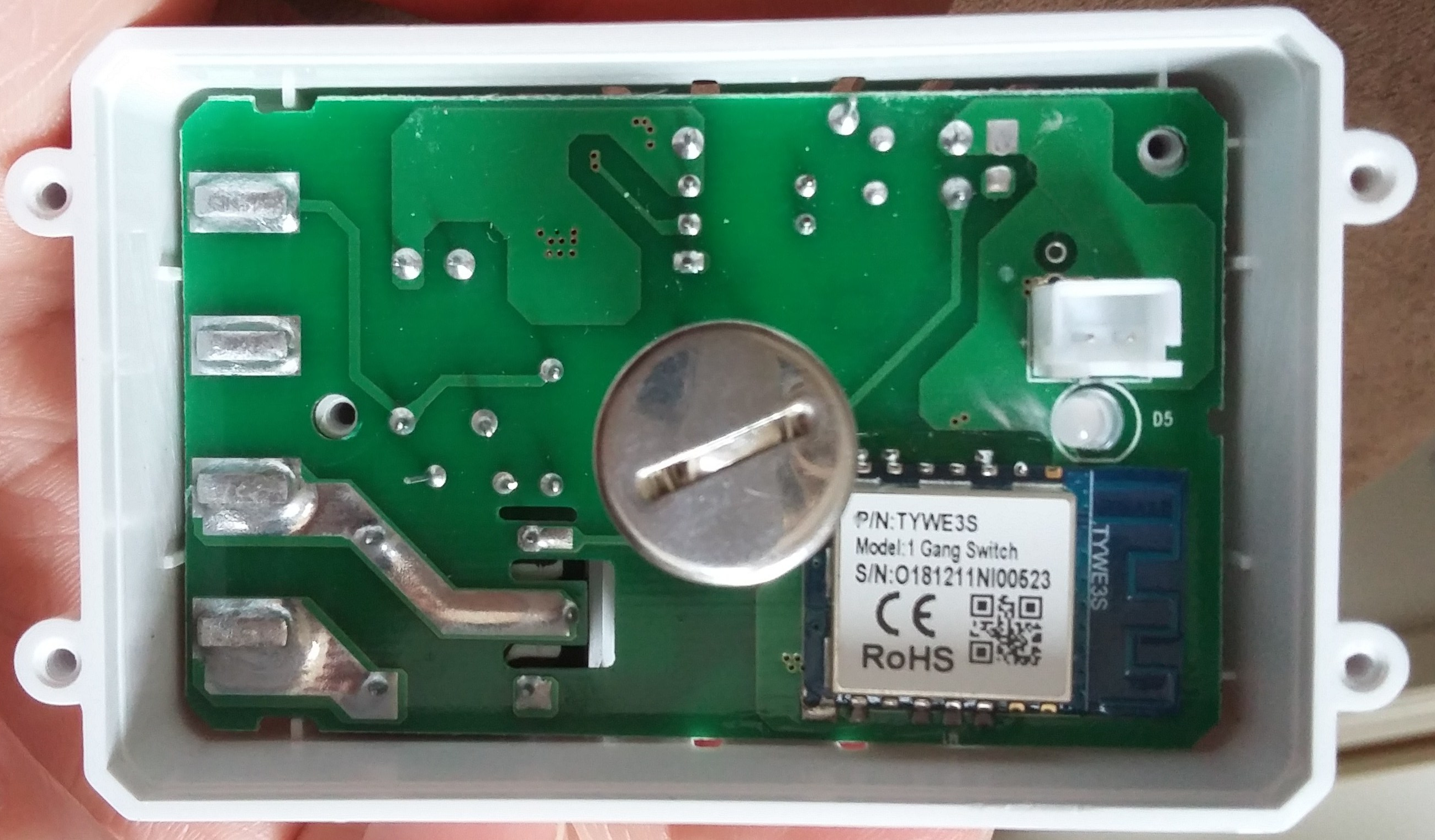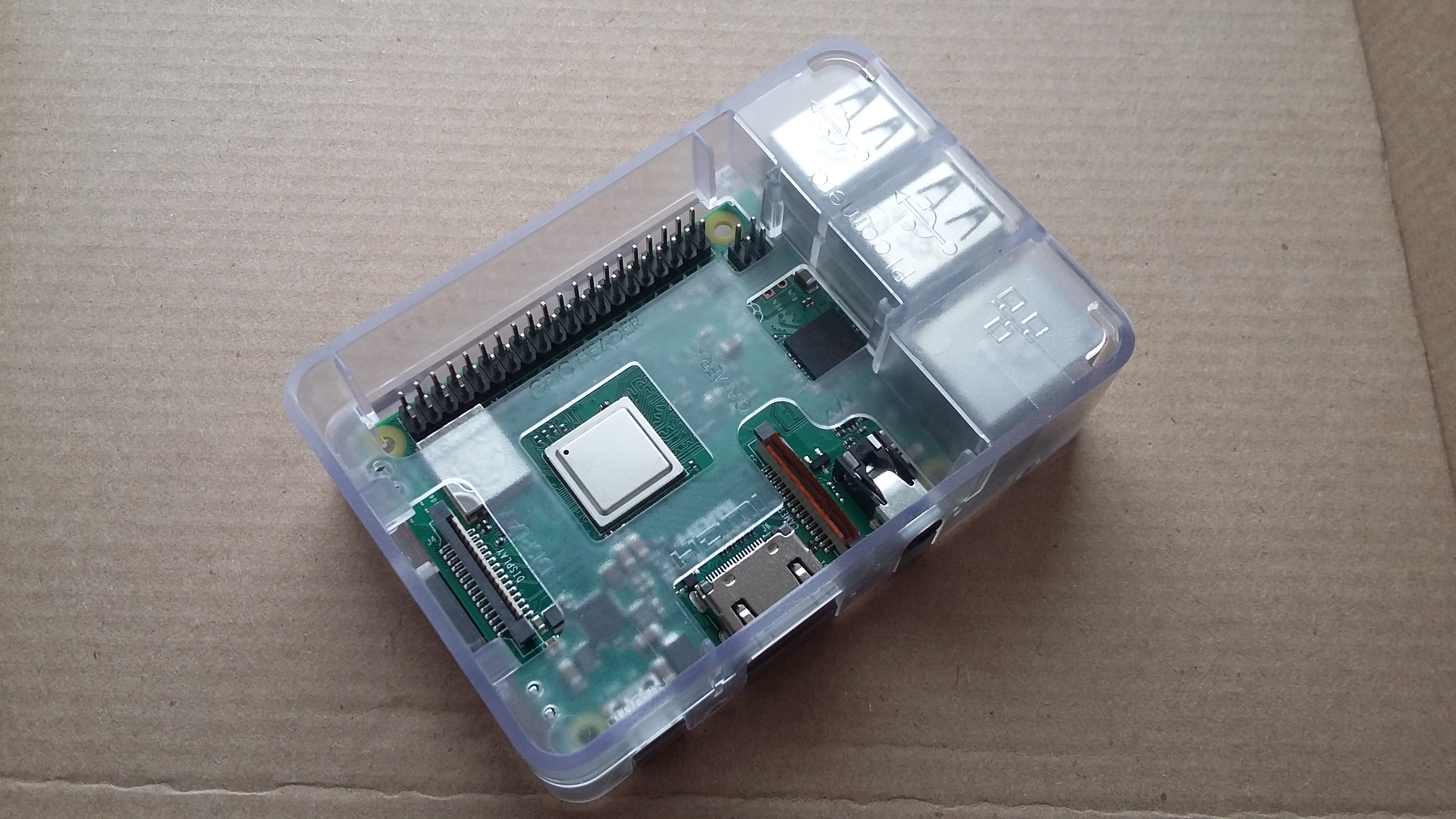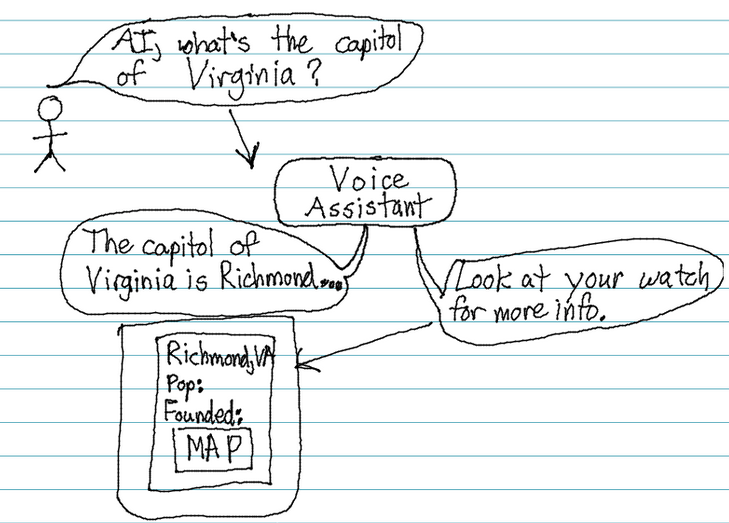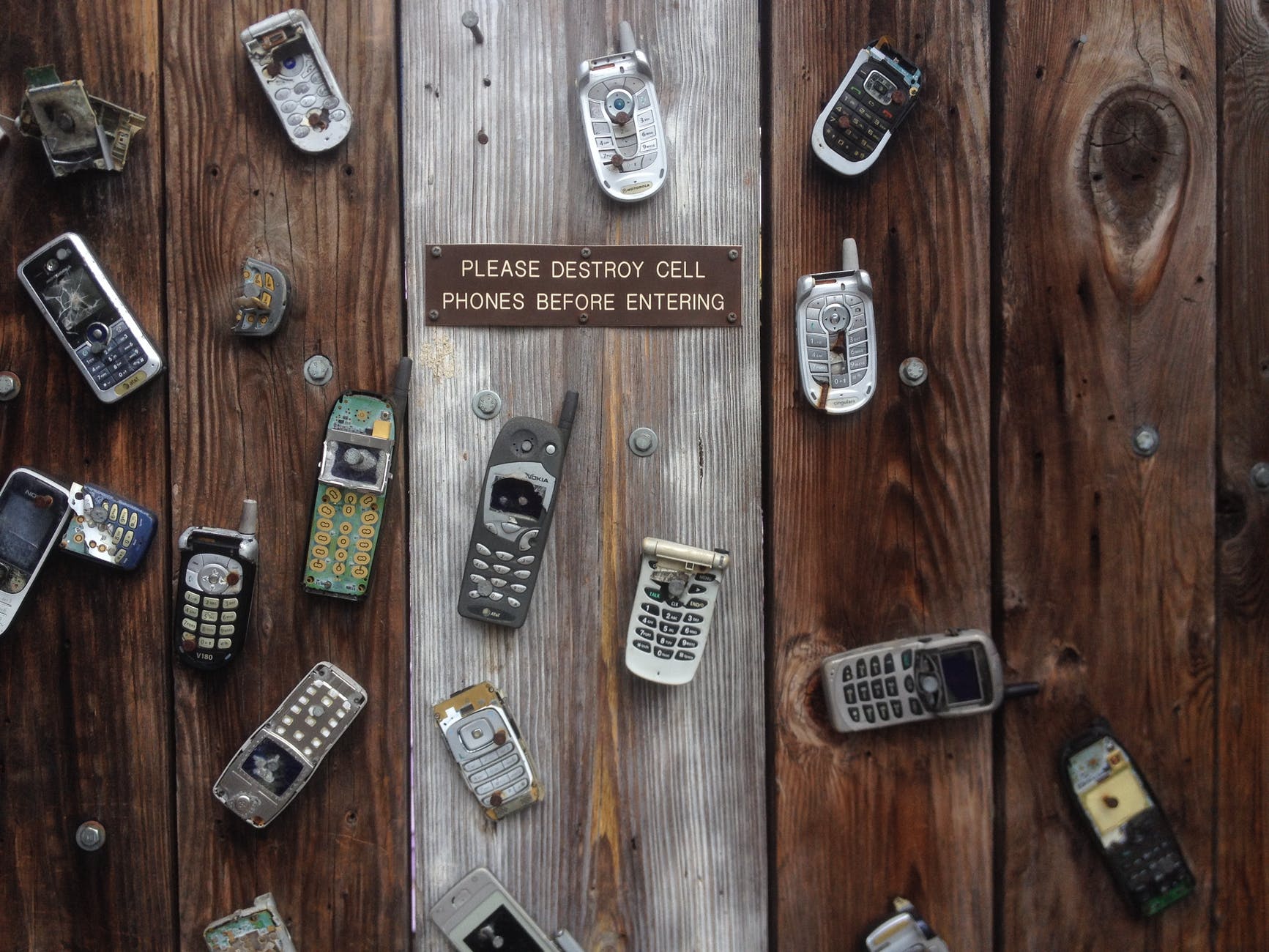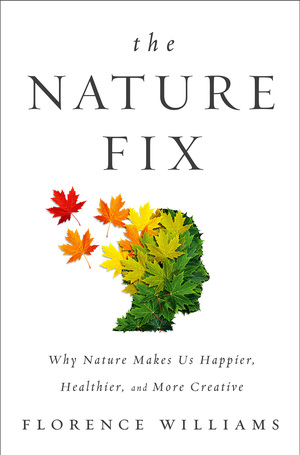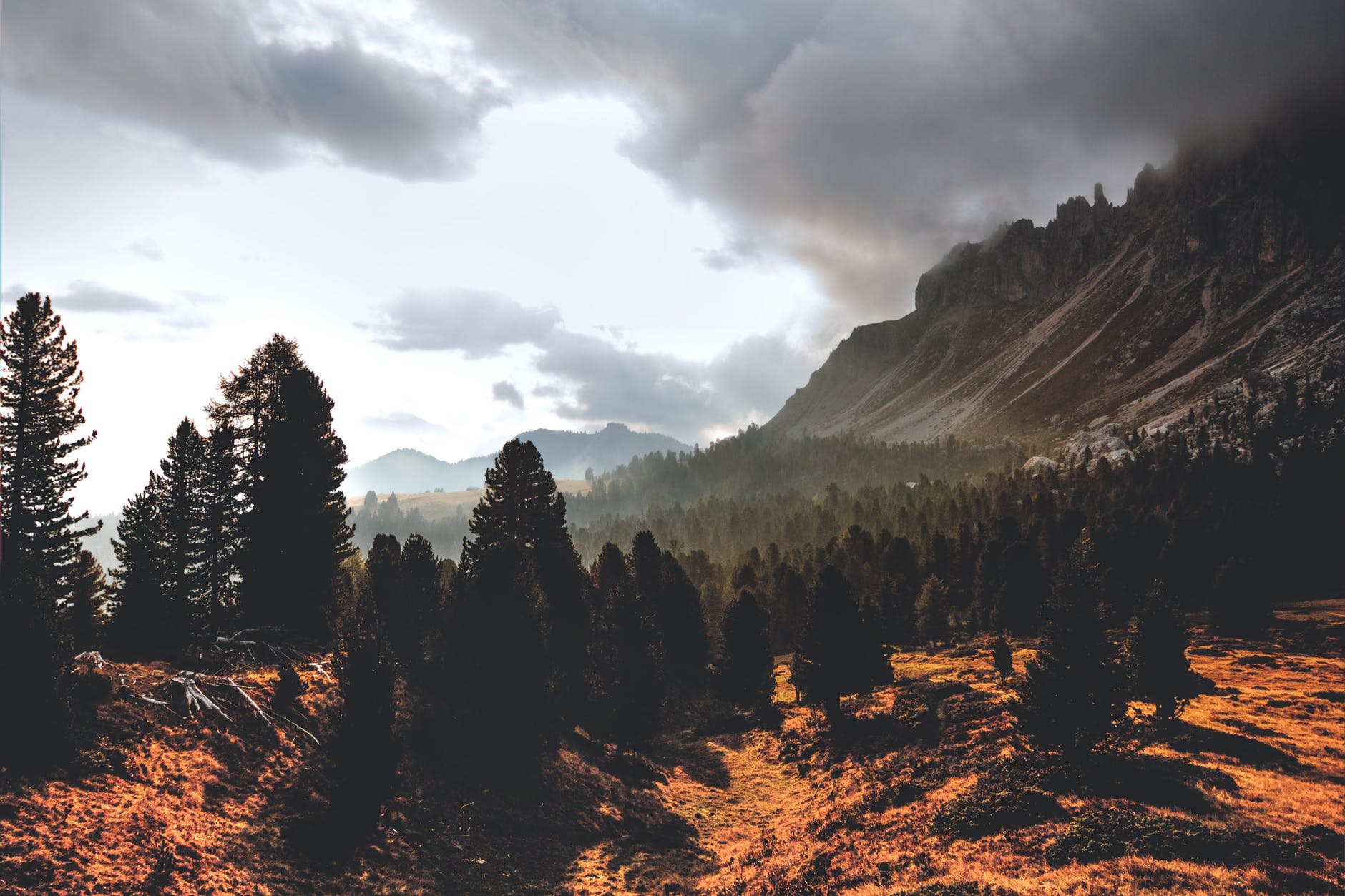Many think life on Earth started in the oceans, and while there is scientific debate on that front, there’s no denying that humans have been drawn to the water since before we built the first city on the banks of the Euphrates. With an estimated 80% of the world’s population living within 100 km (~60 mi) of a coastline, it’s no surprise that solarpunk has a sibling that brings this love of the water front and center – tidalpunk.
Tidalpunk takes the environmental consciousness and appropriate technology of solarpunk to the high seas. Sailing ships, autonomous seasteads, and cities flooded by the rising waters of climate change populate visions of a tidalpunk future. I suspect that due to the Moon’s influence on the tides, tidalpunk and lunarpunk will find some interesting synergies.
Return of the Sail

The shipping industry currently accounts for 2.3% of carbon emissions, and the industry is targeting a 50% reduction in emissions by 2050. Most cargo ships run on diesel now, but we once sailed the seas using the renewable power of the wind. While having a backup propulsion method available would be prudent, when the wind is blowing, cargo could move without the use of fossil fuels. Low Tech Magazine has written several articles about the potential of bringing back sailing ships as cargo vessels. Our current cargo fleet could even be retrofitted with tethered, kite-like sails.
Seasteading
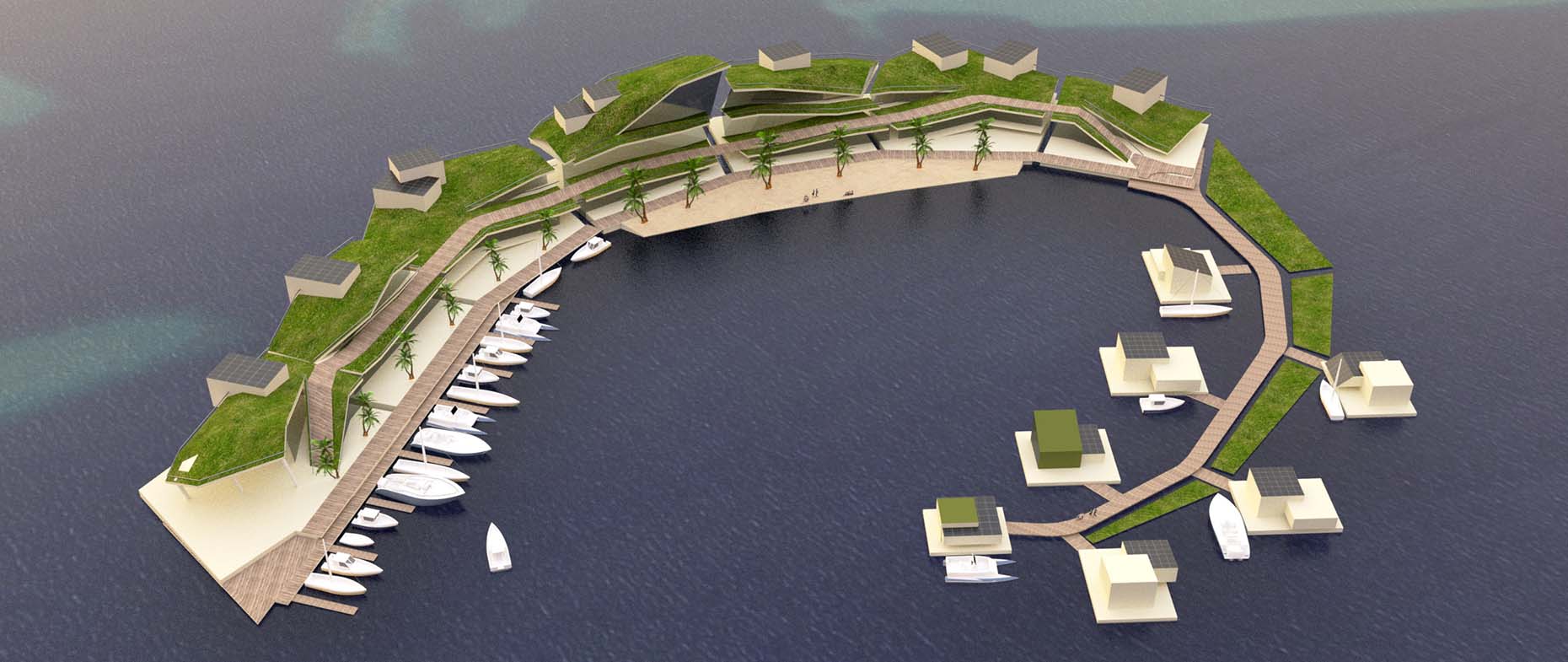
Seasteading covers a variety of concepts for humans to make their home in the sea. Proponents of seasteading point to overcrowding and a lack of social innovation on land as reasons to move seaward. Some projects that could be considered under this umbrella are Sealand, various underwater habitats, and aircraft carriers.

Project Entropy is a solarpunk makerspace flotilla with the aim to address plastic waste in the ocean and convert it into useful objects. The self-described micronation is also experimenting with distributed governance while it expands the frontiers of distributed manufacturing. While the Seasteading Institute and Blue Frontiers have interesting visions of the future, Project Entropy is making it real right now. Another project already on the water is the Flipiflopi, a boat built entirely from plastic recovered from the ocean and roadsides in Kenya.

The SeaOrbiter science vessel is one of the most exciting projects happening in the space. Planned as a full-time, ocean-going science vessel, the SeaOrbiter will have on-board laboratories and allow extended observation of the ocean. Parts of the ship will be kept at higher pressure to allow scientists to dive more often than would be possible from a surface vessel due to decompression issues like the bends.

Flooded Cities

Venice is the most well known flooded city in the world, but rising seas will soon give the world a number of similar locales. Even Venice is preparing for rising floodwaters with the MOSE Project, a giant flood gate designed to mitigate the worst tides from the Adriatic. NOAA has built an Interactive Sea Level Rise Map to show what areas will be most impacted by different sea level rise scenarios. In the US, Miami is particularly vulnerable since it’s geology precludes a flood gate or wall system like MOSE.
Where to Start
If tidalpunk sounds like something you’d like to investigate further, here are some resources to check out:
- Aquaman has an environment-driven plot, cool tech, and lots of ocean.
- SeaQuest DSV is an old TV show that is Star Trek in the ocean. Be warned, the third season takes a hard left into military scifi, but the first two seasons are definitely worth a watch. I take no responsibility if you immediately sign up to join the SeaOrbiter project after watching this show.
- The Carbon Coast has compiled some interesting links at Abyss: Tidalpunk.
- Firefight, the second book in Brandon Sanderson‘s Reckoner’s trilogy, takes place in a tidalpunk version of New York City.
- 20,000 Leagues Under the Sea by Jules Verne is a classic take on tidalpunk, particularly if you enjoy a bit of steampunk.
- Jacques Cousteau has many books and films on the subject of ocean exploration. I’ve read The Silent World which tells the story of the invention of scuba and some of the early adventures the technology enabled.
- Sylvia Earle is another amazing aquanaut. A National Geographic Explorer in Residence, she was on this Climate One podcast, and has written many books including Blue Hope, The World is Blue, and Sea Change.
- Bob Ballard was the science advisor for SeaQuest DSV and is a researcher at the University of Rhode Island. The Eternal Darkness is his account of deep sea exploration including the discovery of black smokers and the rediscovery of several wrecks including the Titanic, both enabled by the DSV Alvin submersible.
- If you’re interested in how humans fare in the water by themselves, then Deep by James Nestor is an excellent introduction to the world of freediving.
- The Wave by Susan Casey is an exciting and terrifying look at the phenomenon of rogue waves which loom large as a risk for any ocean-going endeavor.
- The Soul of an Octopus by Sy Montgomery is a look inside some of the minds with which we share our little blue world.
Do you have any experiences with tidalpunk? Let us know below or send us a comment on Sunbeam City. Thanks for coming aboard!

